Dhalmain Island
Situated to the southeast of Larea, south of Red Crest and west of Thaur and Stunveldt, Dhalmain is considered one of the biggest diplomatic and trading powers of the Haan Archipelago, with an enormous influence over the culture of all societarians of the Trade Isles.
The southeast corner has a jungle biome similar to that of the close island of Stunveldt.
To the east and the west, the island counts with two small white forest formations.
The island is quite susceptible to flooding and tremors from volcanic activity, though it is otherwise mild in weather and temperature range.
The colouring of the pools varies from pool to pool and is given by different mixtures of minerals in the water and soil. The springs are situated next to the town of Delprado, which is fuelled by tourism to the area and the pilgrimage to the Temple of Regicielo.
As one goes upstream, the river divides into four, with each one of the streams forming on a different mountain. This is known as the four peaks river and is recognised as not only the main source of freshwater for the nation, but also the scenario of the tragic Four Peaks War, which started as the Dhalmanite societarians tried to claim the entirety of the river with their settlements. Since then, the areas closer to the concave formation of mountains upstream is left uninhabited.

Geography
Dhalmain is a temperate island, with a very steep mountainous area in the middle that contains the highest peaks of the archipelago and the most active volcanoes.The southeast corner has a jungle biome similar to that of the close island of Stunveldt.
To the east and the west, the island counts with two small white forest formations.
The island is quite susceptible to flooding and tremors from volcanic activity, though it is otherwise mild in weather and temperature range.
The Springs of Regicielo
On the southwest area of the island and just in the middle of the limit between a white forest are and regular land, Dhalmain features a series of multicoloured hot spring pools known as the Springs of Regicielo, named after the Autonomist god of Chemistry and maintained by her followers from the nearby Temple of Regicielo.The colouring of the pools varies from pool to pool and is given by different mixtures of minerals in the water and soil. The springs are situated next to the town of Delprado, which is fuelled by tourism to the area and the pilgrimage to the Temple of Regicielo.
The Four Peaks
In the south of the island, around the middle point between the west and east coasts and close to the City of Endure, the coast opens into the Gulf of Clay, fed by a river.As one goes upstream, the river divides into four, with each one of the streams forming on a different mountain. This is known as the four peaks river and is recognised as not only the main source of freshwater for the nation, but also the scenario of the tragic Four Peaks War, which started as the Dhalmanite societarians tried to claim the entirety of the river with their settlements. Since then, the areas closer to the concave formation of mountains upstream is left uninhabited.
Natural Riches
Native Fauna
A lot of the most iconic creatures of the Archipelago are present in the island of Dhalmain.
Chief among those are the hapist and the hopist two fearsome prey birds, the former of which has been trained by the Dhalmanite military to form combat units known as Hapistiers, and the latter of which is big and fearless enough to be a genuine danger for societarians. The endeler's territory is distributed mostly on the northwest coasts of the island, though their contact with the Dhalmanite is scarce, as most of their area is under tetsu control and sparsely populated. Dhalmain is most well known for its alzufhar. While the creature is present in all other islands, the Dhalmanite alzufhars are widely recognized as the best among them, thanks to the historical pact they have with the people of the island, that enable them to selectively breed them for special traits. The widely distributed hirschmall is thought to be native from the Dhalmanite white forests, and the elusive cuppat is present in a small section on the southeast of the island.
Chief among those are the hapist and the hopist two fearsome prey birds, the former of which has been trained by the Dhalmanite military to form combat units known as Hapistiers, and the latter of which is big and fearless enough to be a genuine danger for societarians. The endeler's territory is distributed mostly on the northwest coasts of the island, though their contact with the Dhalmanite is scarce, as most of their area is under tetsu control and sparsely populated. Dhalmain is most well known for its alzufhar. While the creature is present in all other islands, the Dhalmanite alzufhars are widely recognized as the best among them, thanks to the historical pact they have with the people of the island, that enable them to selectively breed them for special traits. The widely distributed hirschmall is thought to be native from the Dhalmanite white forests, and the elusive cuppat is present in a small section on the southeast of the island.
Terrible Tetsus
While the tetsus, known as the second dominant species of the archipelago, is present in all islands with mountainous terrain, the Dhalmanite tetsus are well known for being the most aggressive, violent and organized of them all. Following a brief period of history where the nation of Dhalmain expanded inland getting to the mountains and starting to compete with the tetsus for territory and prey, a famous tetsu known as Tetramerge railed all tetsus to travel south and fight back on a bloody massacre known as the Four Peaks War. Since that time in 2981 E.Alz, the Dhalmanite people kept themselves to the southeast of the island, with the northwest half being wild, tetsu-controlled territory. This is a phenomenon that, besides mountainous areas, only occurs in Dhalmain, despite their elevated military prowess.The People of Dhalmain
The Dhalmanite people form a very diplomatic nation of merchants that have had a huge influence over the culture of the entire Haan Archipelago.
The Haanite calendar has originated here, with the names of the weekdays being homages to the local gods, and even the name of the Alzufhar Era is based on the Dhalmanite alzufhar pact.
Many words in the general Haanite lexicon have originated in Dhalmain, including the standard names of many creatures such as the alzufhar and the hirschmall. The Dhalmanite societarians are divided between featheries and waterland silkies, with the island having the main population of featheries in the archipelago.
They live under a parliamentary republic with its capital on the City of Endure on the south corner of the island, and follow the religious belief of Autonomism. Dhalmain is a close ally of the neighbouring Kingdom of Thaur, with which they also share a lot of immigration in both directions, with the Thaurian contributing to almost all of the population of furry societarians of the island.
The Haanite calendar has originated here, with the names of the weekdays being homages to the local gods, and even the name of the Alzufhar Era is based on the Dhalmanite alzufhar pact.
Many words in the general Haanite lexicon have originated in Dhalmain, including the standard names of many creatures such as the alzufhar and the hirschmall. The Dhalmanite societarians are divided between featheries and waterland silkies, with the island having the main population of featheries in the archipelago.
They live under a parliamentary republic with its capital on the City of Endure on the south corner of the island, and follow the religious belief of Autonomism. Dhalmain is a close ally of the neighbouring Kingdom of Thaur, with which they also share a lot of immigration in both directions, with the Thaurian contributing to almost all of the population of furry societarians of the island.

Florian Ley by Naelin
Type
Island
Location under
Included Locations
Included Organizations
Owning Organization
Related Ethnicities
Contested By
Characters in Location
Related Tradition (Primary)
Inhabiting Species
Related Myths
Related Materials






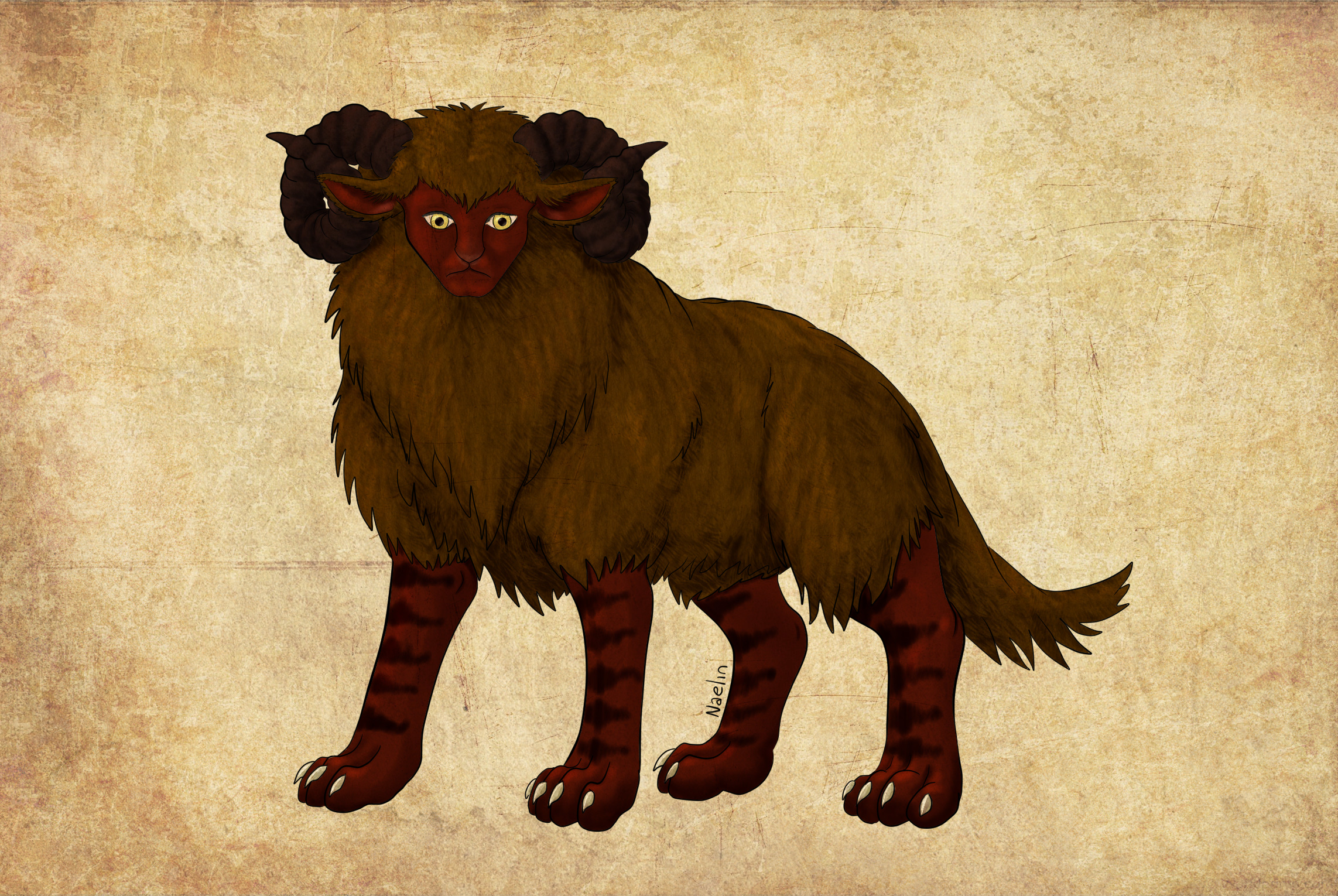
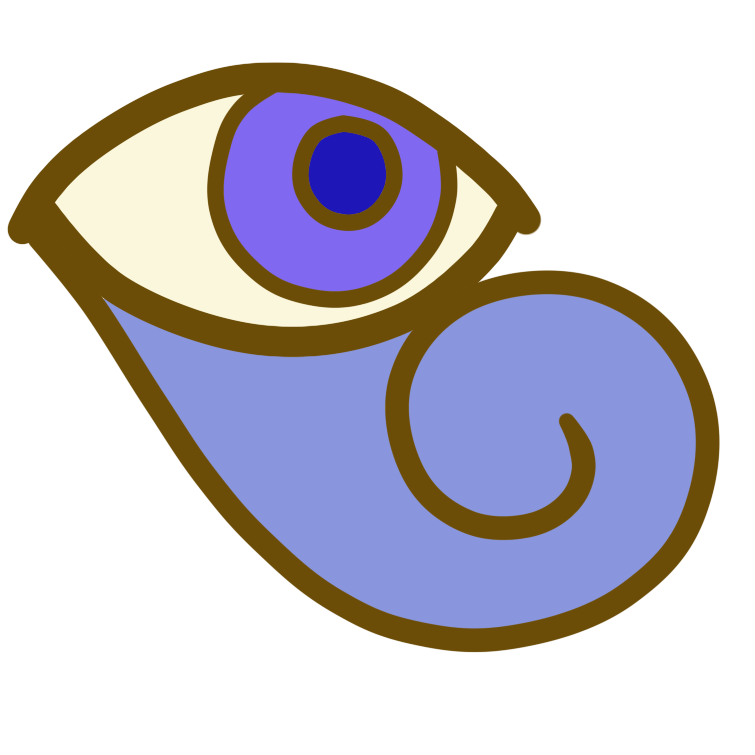
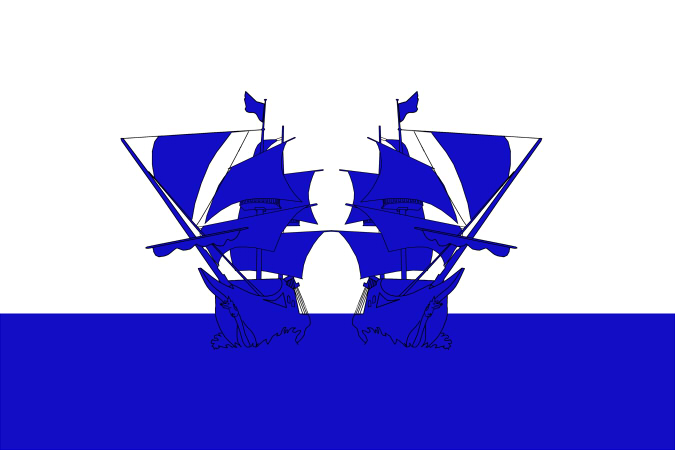
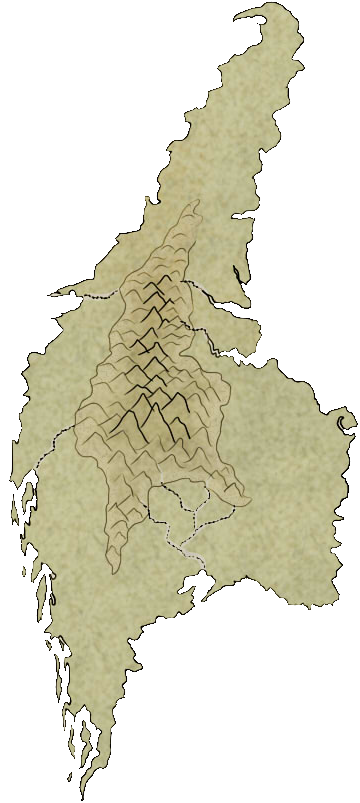
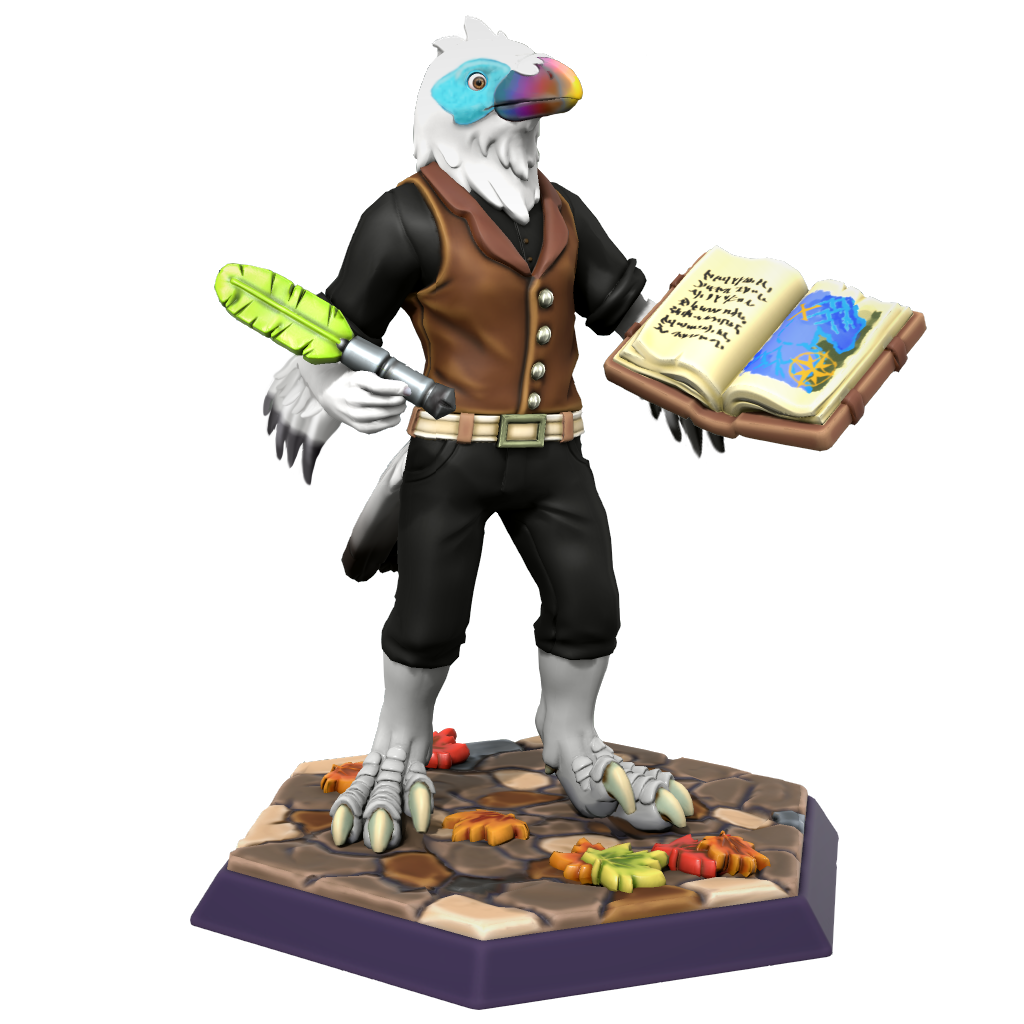


I can't lie, I always get excited to read about the species of your world xD Great article, I absolutely love your art!
Aaa, thank you Mochi <3 There's a few more to be written about if I get there in time :)